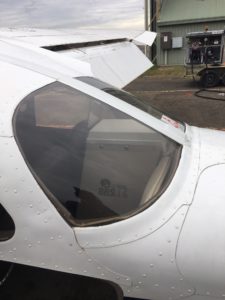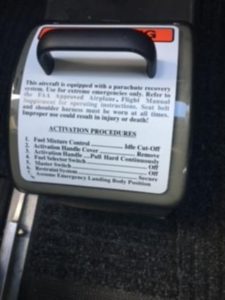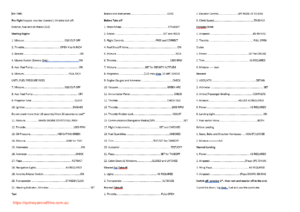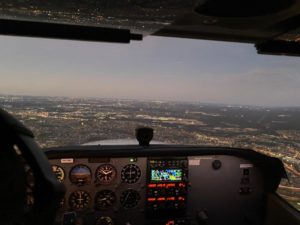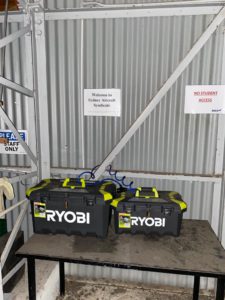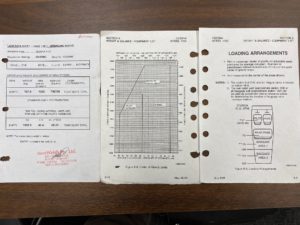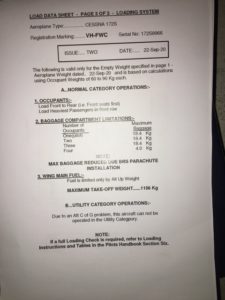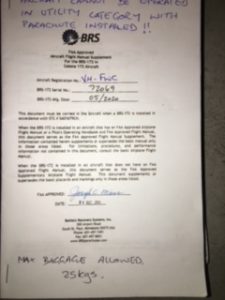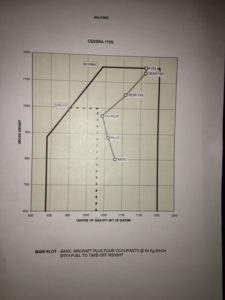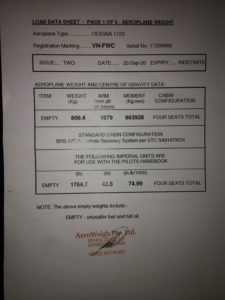Learning Centre
Welcome
How to start fuel injector in Cessna 172S
How to start fuel flooded engine Cessna 172S
How to use Garmin GPS 375 and Transponder
VH FWC Familarization
How to make online booking
Safe door closure
VH FWC Summary
It is pilot’s legal responsibility to read and use the pilot operating handbook (POH) of FWC for more details on how to fly the aircraft. Please also see pilot operating handbook for emergency procedures. Please note below is a general advice and is not a substitute for flight training or POH.
NOTICE BOARD- FWC has been moved to a new hanger, 4 Klemm Street Bankstown airport. Its at end of Taxi way H. You must text 0432183257 pre and post flight report-information related to flight log and payment.
VH FWC has new IFR GNX 375 ( it has IFR certified GPS, ADSB, transponder mode L which is upgraded mode S, terrain and airborne collision avoidance system like a TCAS), autopilot, leather seats. Please see video in learning section on how to use Garmin 375, safe door closer and FWC familiarization. For flight plan equipment code SVOGR , surveillance E. PBN B2. example of remarks notes (example for IFR GPS): Y— GPS RNAV– DEL 0015.
It has fuel injected engine. This means you will need to use fuel pump to start the aircraft (please see video under learning center). Pump is only a prime. There is no carburettor heat required for FWC.
100L Avgas fuel in each tank and uses around 36lts an hour. Oil should be around 6 before your flight. You can fly VFR for around 5 hours and still have a reserve of 30 minutes. However, it is a syndicate requirement that you do not fly over 4.5 hours without refueling.
Weight and balance diagram is on learning centre too. At Bankstown on a 24-degree day it should easily take off with full tanks and 250 kg useful weight.
Post flight dipstick, fuel drain, POH all documents must be left in FWC. Please note – life jackets and our headsets must be kept back in the Ryobi box next to air patrol office. You must not use our equipment for a flight on any other aircraft. If you take any headsets or life jackets on return please take a photo and text it to 0432182257. FWC must be parked in AOPA hanger at Bankstown airport (see access and parking videos) and do a 3-point tie down if parked outside. Leave fuel cards (World fuel only) & MR in box inside the aircraft.
Circuit- check list
Take off mixture & full power, role 65-70 knots. Upwind 70 knots, flaps up at 300 feet. At 500 feet turn Cross wind & maintain 70 knots. At 1000 feet turn Down wind. ASPT- attitude straight and level, speed 90-100, power back to 2100 and trim. Down wind call and checks-BUMFISH. At 45 degree to threshold power around 1700. Spend in white arc use 1st stage flap then turn base. Attitude-1/2 sky ½ ground, power around1700 for speed 70 knots, then use stage 2 flap. Turn Final, power around 1500 for speed around 70 knots then stage 3 flap. Maintain centre line and flare . Hold nose straight and FWC should land.
Cruise
During cruise do CLEAR OFS and lean by turning mixture slowly outwards till RPM slightly drops then turn mixture inward for 2-3 rounds. Keep fuel log.
Emergency engine failure
- Air speed to 70 (nose up usually) and Attempt to restart fuel check / correct, mixture rich, on switches, throttle adjustment to get power (FCMOST).
- Best place to land.
- Call – Mayday.
- Descend to land at suitable landing ground OR Deploy parachute if unable to find a landing ground specially in IMC or at night. FWC is fitted with Cirrus like total airframe parachute. Switch off fuel, mixture, and master. Then pull parachute handle (after removing cover).
- Electric failure – check alternator on, switch of extra lights and land at nearest airport.
- Fire – fuel off, mixture off, emergency landing and use fire extinguisher.
- Help is available ELT in glove box, first aid kit in aircraft boot.
